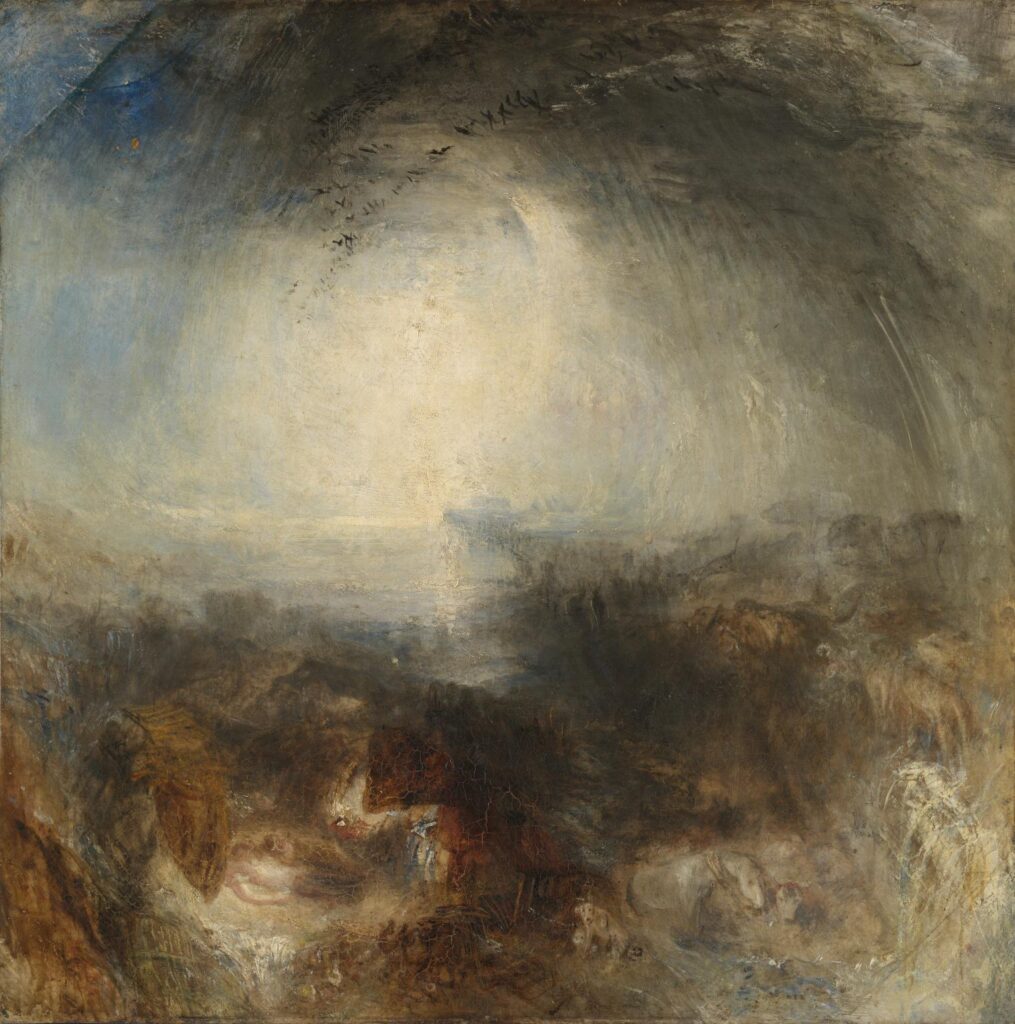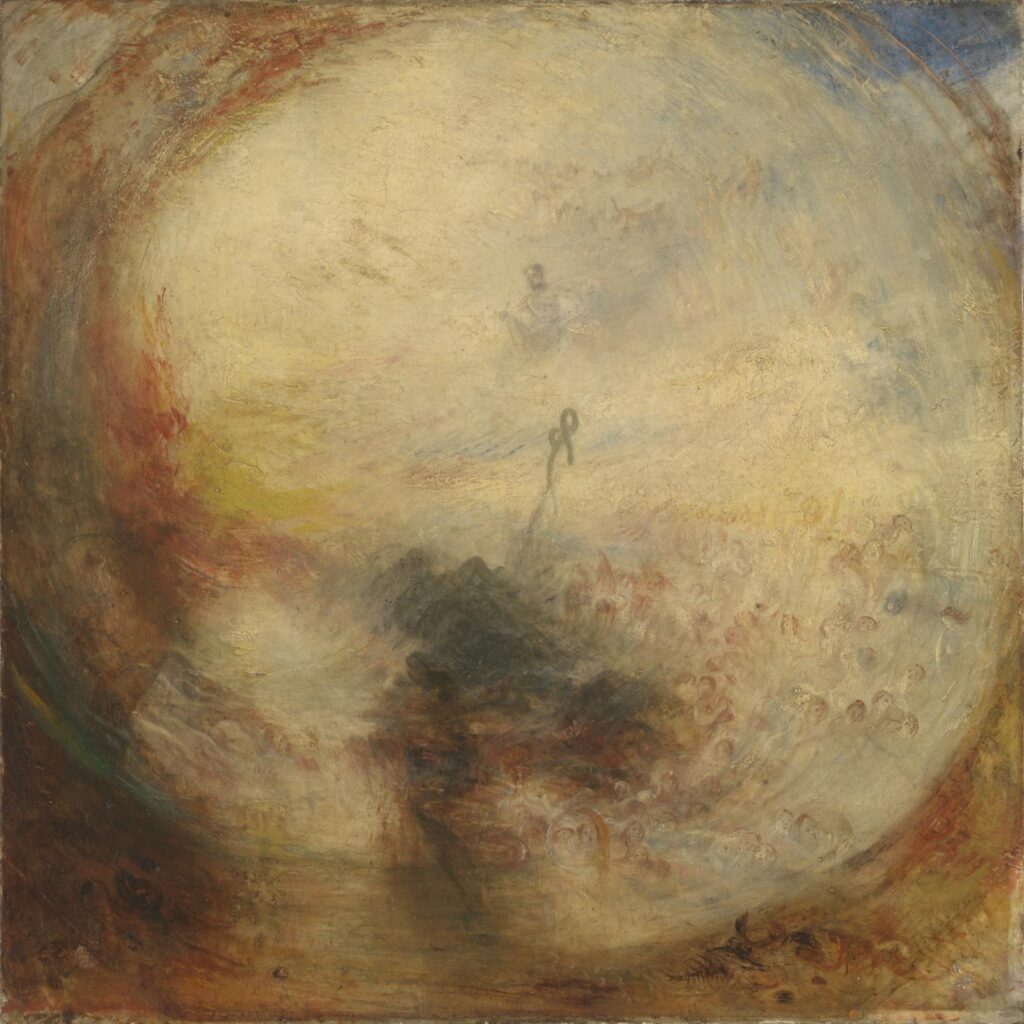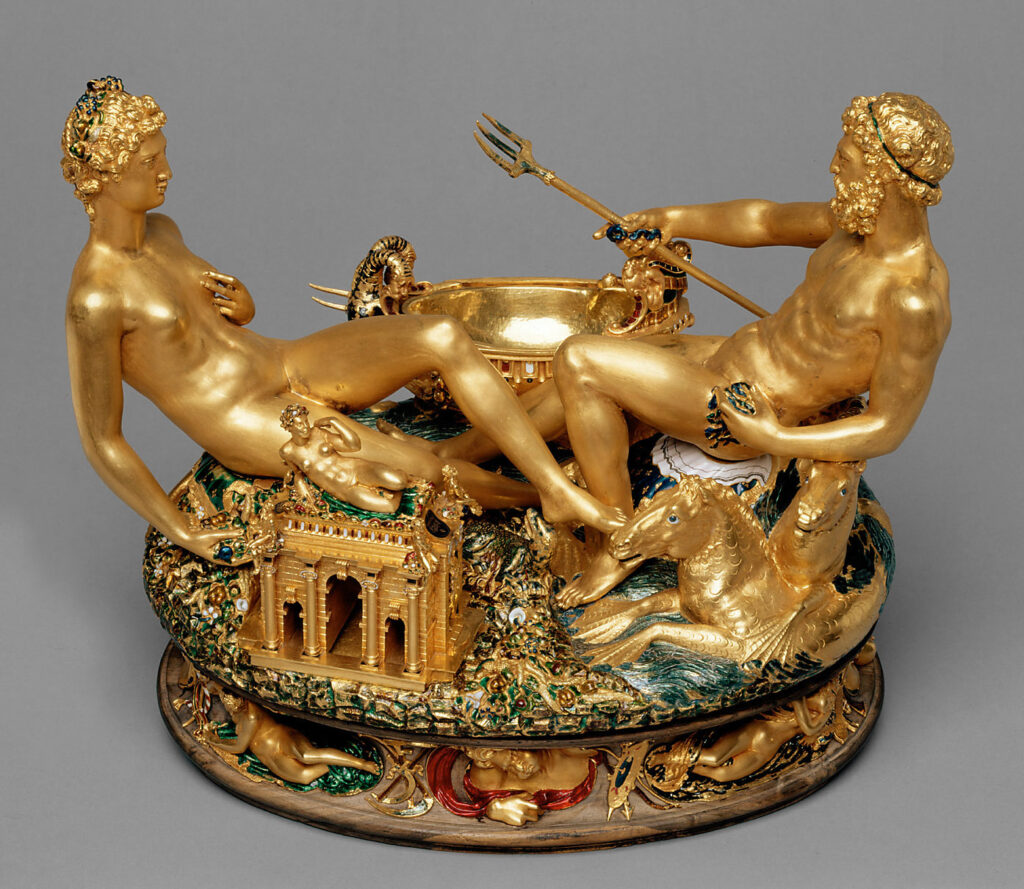The National Gallery in London: Where to Start?
Having lived in London for the past three years as an art lover, I have had more than my fair share of questions about where to “start” at the...
Sophie Pell 3 February 2025
It can be quite surprising to consider art as one of the items moved in the world’s black-market economy, alongside some of the more expected traded goods and services, such as arms, narcotics, and illegal drugs. It is estimated that traffic in stolen art could be up to three million euros a year! Strikingly, only 5-10% of stolen artworks are recovered each year, with many of them ending up destroyed or lost. Thieves resort to alternative methods for financial gain due to the hostility of the black market towards well-known artworks.
Since famous artworks hold great value, but in reality cannot actually create any financial gain on the black market, they are used as insurance in financing other illicit schemes. For example, criminals involved with money-laundering endeavors use art as an alternative mechanism of transporting cash. Additionally, the allure of using art as payment insurance in drug exchanges is in the fact that it can fairly easily be carried across borders, while also resolving the complexities of currency conversion.
Conversely to the prices reached in the auction houses, well-known artworks cease to follow the same pattern on the illegal market. Certainly, it is hard to believe that someone would purchase goods easily recognized as stolen. For that reason, the owner or its insurer appears as a profitable market. Thieves understand that the worth of famous artworks lies in the owner’s desire to get them back, which results in ransom demands.
This led to a new art-related theft called artnapping — the act of stealing art for holding it for ransom until the gallery, museum, or private owner pays to retrieve it. However, if the ransom is not paid, thieves can destroy the artwork to avoid the risk of being caught. In UK law, the payment of a ransom is not an offense. Still, the government will not make or facilitate a ransom payment and will always counsel others against such concessions.

J.M.W. Turner, Shade and Darkness – the Evening of the Deluge, 1843, Tate, London, UK.
Galleries or museums will sometimes refer to their ransom payments as rewards that were paid to third-party informants. This is to protect their reputation and avoid legal scrutiny. The case of the stolen Turner paintings illustrates this perfectly. Thieves stole two paintings by J.M.W. Turner in 1994 from a Frankfurt gallery where the Tate had loaned them. The Tate ended up paying out £ 3.1 million to help recover the two stolen paintings. The Tate insisted that they had no direct contact with the criminals and had rewarded the £ 3.1 million to Edgar Liebrucks, the German lawyer who claimed to be in direct contact with those in possession of the stolen artworks. They have not revealed how they knew Mr Liebrucks nor how he knew of the thieves. Following the payment, however, the British and German authorities quickly identified and convicted the thieves.

J.M.W. Turner, Light and Colour (Goethe’s Theory) – the Morning after the Deluge – Moses Writing the Book of Genesis, 1843, Tate, London, UK.
Officially, art galleries and museums and their insurers maintain that they do not negotiate with criminals. However, in practice, galleries and museums do pay quietly, insisting that their payments are rewards for information. This information can lead to the return of stolen art. Even though Tate denies paying a ransom, it still demonstrates that they had to provide a large sum of money in order to retrieve the stolen work.
Even more importantly, the process of paying the ransom requires a certain level of communication with the thief, which could later lead to arrest and recovery. Conversely, refusal to negotiate a ransom largely eliminates any chances of retrieving the art. In the case of the stolen Salt Cellar, the thief was caught in the process of negotiating the ransom through text messages. Namely, in 2003, Robert Mang stole Benvenuto Cellini’s Salt Cellar from the Kunsthistorisches Museum in Vienna. Subsequently, the museum’s insurance company began to receive texts in which Mang demanded a ransom. During these attempts, police linked the messages back to him, resulting in his arrest and recovery of the Cellar.

Benvenuto Cellini, Salt Cellar, 1540-43, Kunsthistorisches Museum, Vienna, Austria.
Refusing to negotiate a ransom immediately eliminates any possible chance of getting the piece back. It indicates mere acceptance that the work is lost forever. Thus, consideration of ransom only as a step, rather than the final act, could lead to retrieving the artwork and prosecuting the thief. However, this would be a perfect scenario. Paying the ransom could also appear as ‘rewarding’ the thief, setting a very dangerous precedent for the future.
Complying with such demands validates criminal behavior and could foster future artnappings. While institutions might refrain from publicly acknowledging ransom payments in the future, there is a possibility of covertly considering such options if other methods to recover the art prove unsuccessful.
Azmina Jasani, Emelyne Peticca and Fionnuala Rogers, “First-step analysis: art law in United Kingdom (England & Wales)”, Lexology, 2020.
Charlotte Higgins, “Tale of intrigue behind Tate Britain’s recovery of stolen Turners”, The Guardian, 2005, <https://www.theguardian.com/uk/2005/dec/21/arts.artsnews>
Chris Rovzar, “What Happens to Stolen Art After a Heist?”, ClaimsJournal, 2015, <https://www.claimsjournal.com/news/international/2015/06/15/263956.htm>
Hannah Steinkopf-Frank, “A Dinner Party with History’s Most Notorious Art Thieves”, MessyNessyChic, 2022, <https://www.messynessychic.com/2022/02/16/a-dinner-party-with-historys-most-notorious-art-thieves/>
Jennifer Sultan, “Combating the Illicit Art Trade in the European Union: Europol’s Role in Recovering Stolen Artwork”, New York International Law Review, 1998.
Marion Johnston Wylly, “Motives of Art Theft: A Social Contextual Perspective of Value”, UPF, 2014.
Sarah S. Conley, “International Art Theft”, Wisconsin International Law Journal, 1994.
DailyArt Magazine needs your support. Every contribution, however big or small, is very valuable for our future. Thanks to it, we will be able to sustain and grow the Magazine. Thank you for your help!